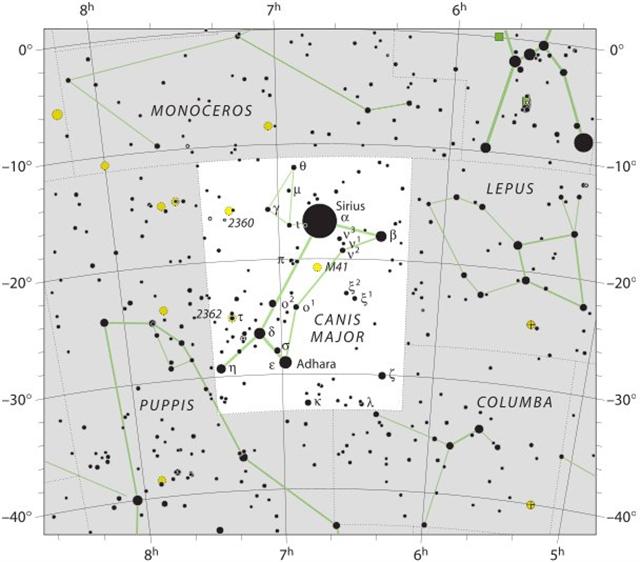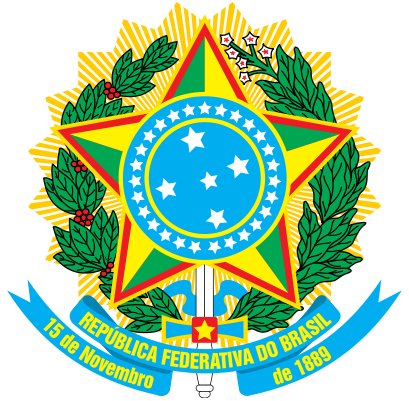|
2. The names Muliphein and Wezen (as in al-wezn and Wezn) have been mentioned earlier, first in the chapter Lepus and Columba: ... Royer cut away a portion of Canis Major, and constructed Columba Noachi therewith in 1679. The part thus usurped was called Muliphein, from al-muliphe´n, the two stars sworn by, because they were often mistaken for Sohe´l, or Canopus, before which they rise: these two stars are now α and β Columbae. Muliphein is recognized as comprehending the two stars called Had'ßr, ground, and al-wezn, weight ... The ideas of ground and weight belong together, alluded to by Ogotemmŕli: ... The ground was rapidly approaching. The ancestor was still standing, his arms in front of him and the hammer and anvil hanging across his limbs. The shock of his final impact on the earth when he came to the end of the rainbow, scattered in a cloud of dust the animals, vegetables and men disposed on the steps. When calm was restored, the smith was still on the roof, standing erect facing towards the north, his tools still in the same position. But in the shock of landing the hammer and the anvil had broken his arms and legs at the level of elbows and knees, which he did not have before. He thus acquired the joints proper to the new human form, which was to spread over the earth and to devote itself to toil ... And before the impact on the earth it was not possible to define the cubit: '... The Arabs utilized this [Gomeisa], with Procyon, to mark the terminal points of their short Cubit, or Ell, Al Dhirā', their long Cubit being the line between Castor and Pollux of Gemini ...' Later, in Orion Revisited, further information was gathered: ... It [γ Canis Majoris] has the traditional name Muliphein, not to be confused with Muhlifain, which is Gamma Centauri; both names derive from the same Arabic root ... muħlifayn... ... Allen's comments regarding γ Canis Majoris: γ [the form like λ inversed], 4.5, is Burrit's Muliphen that properly belongs to δ and to stars in Columba; but the Century Atlas has it Mirza. I also found the star Muliphein was symbolizing the state of Rond˘nia in the flag of Brazil.
"The stars, whose position in the flag reflect the sky over Rio de Janeiro on November 15, 1889, represent the union's federated units - each star representing a specific state ... On May 12, 1992, the flag was modified with the addition of six stars to the celestial globe - representing the newly created states, and a slight change in the stars' positions was made to match the astronomical coordinates correctly." (Wikipedia) The Rond˘nian coat of arms suggests a location in the center:
There seems to be oranges at right and berries at left. However, in the flag of Brazil the state of Rond˘nia is not in the center. Wikipedia has the layout of the flag with Muliphein at left and with Sirius slightly lower:
Wezen (δ) is also there, but not Aludra (η), which is rising too late to be in Brazil:
The stars in the flag have Scorpio at right (in the east) and right ascension is increasing towards the right. In the sky Scorpio is in the west (where Sun is descending) but on the ground it is in the east (where Moon is descending). Spica (α Virginis) is a special case, it is above the band across the Brazilian flag. Its declination is higher than that of the other stars. There are at present 26 states in Brazil, each of them represented by a star in the coat of arms:
A 27th star represents the Federal district and the 5 great stars in the center of the circle (like a quincunx) could, I guess, illustrate the regions; Northern, Northeast, Central-West, Southeast and Southern. |




